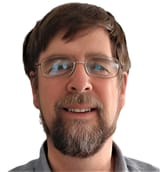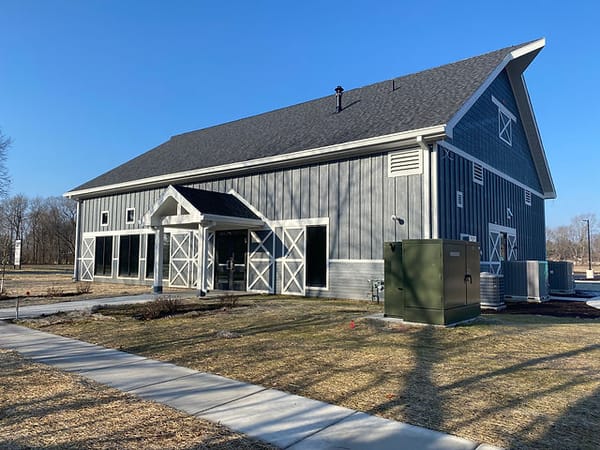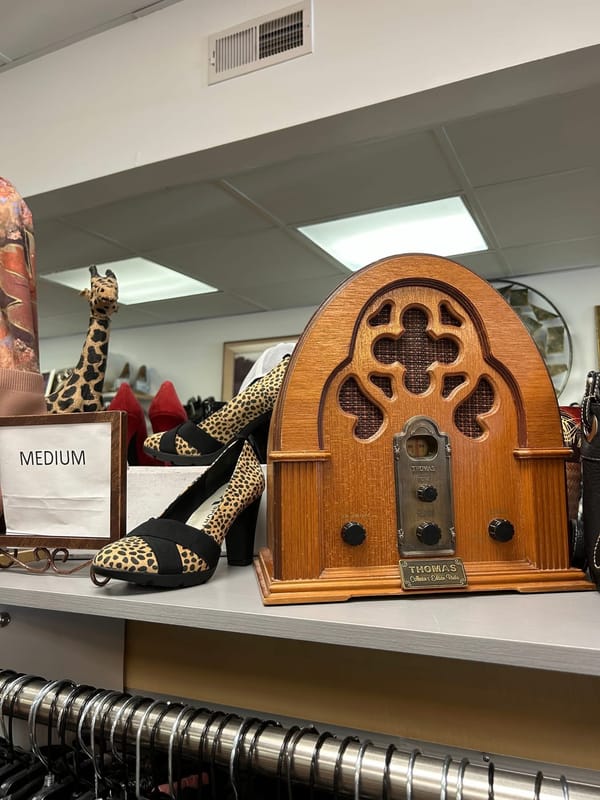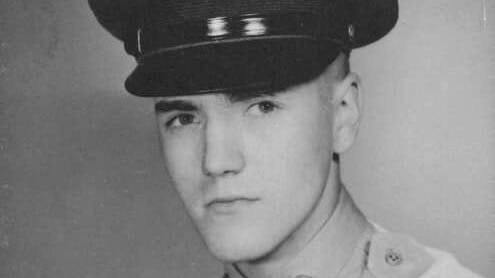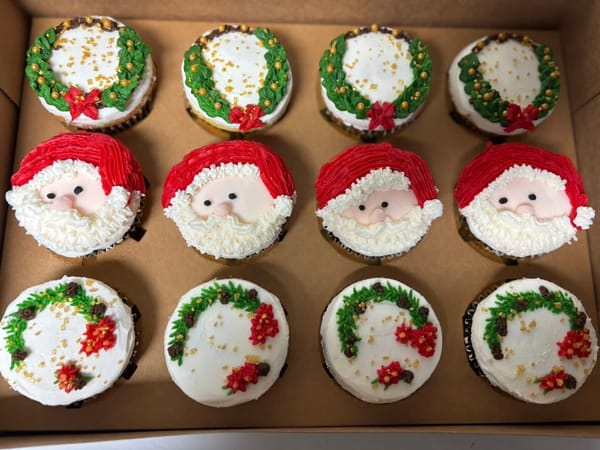Since 1910: the Roscoe Fall Festival over the years
Over the last 110 years, the Fall Festival has featured pageants and mule races.

The Roscoe Fall Festival is one of the longest running events of its kind. In 1910, the Roscoe Improvement Association held the first Fall Festival in Roscoe, on the same site as today's festivals. The Roscoe Lions Club has organized the annual event for the past 50 years. In 2020, it was canceled because of COVID-19, but it's back for 2021: Sept. 10-12.
Though settled in the 1830s, Roscoe wasn't incorporated until 1965. There was no local government to levy taxes, but also no local government to build sidewalks or utilities. In May 1910, residents, led by Congregational pastor Quincy Dowd and president A.J. Lovejoy, organized the Roscoe Improvement Association. Since the group couldn't levy taxes, they decided to host a Fall Festival to raise money. Their efforts established a fire department, electric service, and sidewalks, some of which are still in use.
The Roscoe Improvement Association announced an "All-Day Fair and Festival" with "A GRAND PARADE of Floats and Automobiles, Live Stock and Various Attractive Features" and a "Display of Domestic Arts, Curios and Relics, Agricultural Products and Flowers at the Town Hall." Livestock, pets, and poultry were on display at the park, which is not true this year.
According to local historian Dorothy Hunter, author of four local history books, including Images of America: Roscoe, the main attraction at the first Fall Festival on September 17, 1910, was a Kentucky-style barbecue: a steer and two lambs. The ladies served coffee and sandwiches.
The rain that fell that day in Rockford and Beloit missed Roscoe, and about 1,000 out-of-town visitors attended the first Fall Festival, traveling "in autos, in street cars and in carriages," according to a local newspaper. Another newspaper reported that spectators came from "Bristow, Rockford, Harlem, Manchester, Capron, Argyle, Caledonia, Owen, Latham, Rockton, Poplar Grove, Belvidere and Evansville." Nellie Dowd had come up with the strategy of inviting each school group in the area to enter a parade float - which brought the whole family (and their spending money) to Roscoe to see their children.
In the parade, the Roscoe high school students represented the nations of the world, the middle schoolers dressed up as Winnebago Indians, while the primary school girls were fairies, elves and flowers. Other floats portrayed sunflowers, Southern plantation children eating watermelons, and the old woman of Mother Goose fame who resided in a shoe.
The first Fall Festival included a play at the nearby town hall, put on by the Girls Club. But beginning in 1918, the drama increased. An annual pageant became the featured event at the Fall Festival. Hundreds of residents - almost the entire town - dressed up in costume to represent themes such as The Cycle of Time (1921), The Constitution of the United States (1937), and Out of the Past (1935).
The author and set designer of many of the pageants was Alice McCurry, whose husband Kay McCurry served as as Roscoe Township Supervisor for more than 20 years. For the 50th anniversary of the Fall Festival, relatives of the original participants reenacted the 1921 Cycle of Time pageant, just as in the 1935 pageant, descendants of the early Roscoe settlers portrayed their ancestors. The 1937 pageant included the midnight ride of Paul Revere and the duel between Alexander Hamilton and Aaron Burr.
Early festivals showed off farm and home products - plus mule races and prizes for the most perfect baby. Hunter wrote, "Fireworks, a kiddie parade, ball games, carnival rides, booths, bingo, horse shows, music, road races and various contests also were featured events throughout the years." Each festival had an elaborate printed program with a schedule of events (see ours), local advertisements, and a scorecard for the annual ball game. The first game was between Poplar Grove and Roscoe. Nowadays, the Leland Park ballfield is unused during the Fall Festival, or else fly balls might be hitting the food tables.
This year's Kiddie Parade is a continuation of an older tradition. From the 1950s-1980s, a parade was held down Broad Street, with prizes in various categories (Prettiest, Funniest, Most Original). But once the judges declared they couldn't decide which one was best, other children's programs were held instead.
The Roscoe Improvement Association disbanded when the village was incorporated in 1965, and the village government took over responsibility for the Fall Festival until the Roscoe Lions offered to manage it in 1971. At their first Fall Festival and continuing for many years, the Roscoe Lions offered a new car as a grand prize in the raffle.
You can read more about Roscoe history in the book Images of America: Roscoe, available at some local stores or from Doris Tropp, who collaborated with her mother Dorothy Hunter on local history books, at the Roscoe United Methodist Church office. This weekend you can also get a copy at the Breakfast at Leland Park on Sunday morning, or you can win one of five copies from the Roscoe Township Historical Society by registering in the Exhibitors Tent.
Swipe, tap, or click on the image below to view an image gallery of Fall Festival programs, courtesy of Doris Tropp.

